Choosing an extension cord with grounding
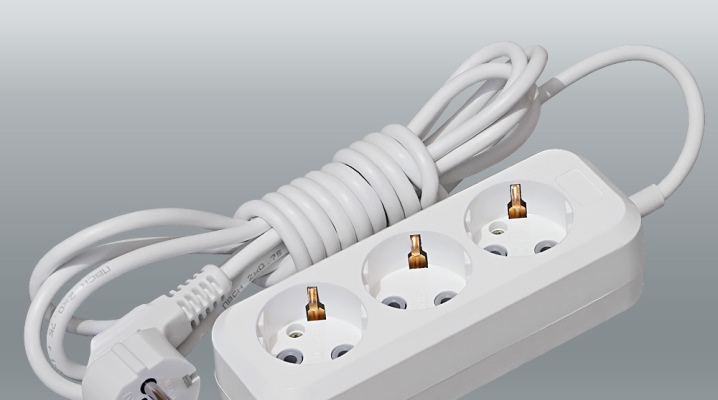
Extension cords with grounding obligatory for use in the case of using devices that are sensitive to electrical interference... They are recommended to be installed where there are increased risks of voltage surges, short circuits. To understand what this means, what is the difference between them and extension cords without grounding, to understand which ones are better, a detailed consideration of the most important points will help.
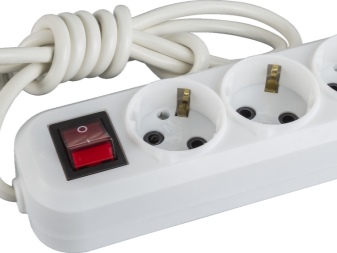
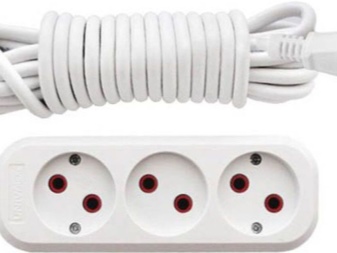
What does it mean?
An electrical extension cord with grounding is a kind of special products that allow you to connect devices in places where there is no possibility for laying a stationary network. Such components are supplied with an additional core cable to ensure protection of a person from electric shock in the event of a short circuit.
The extension cord is connected to sockets that have an additional contact, making it possible to reduce the effect of electrical noise that occurs when a large number of household appliances are in close proximity.
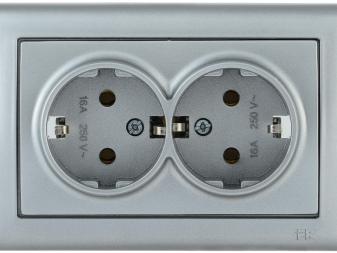
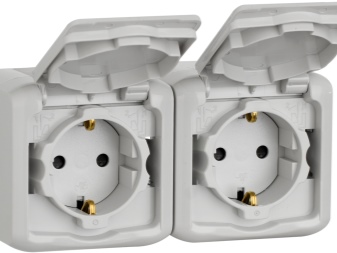
Their use is optional.
But with prolonged operation of a refrigerator, washing machine, microwave oven connected through an extension cord, it is necessary to provide for the risks of a short circuit.
In this case, the option with grounding will be a good solution to protect electrical appliances and consumers from possible malfunctions. In addition, such an extension cord must necessarily be used where lamps with LEDs are turned on, which have the property of accumulating charge during operation.
Comparison with other species
The difference between a conventional extension cord and its grounded counterpart is in the available additional cable conductor. This element works only if there is a corresponding mating element in the socket of the residential object. If it is not there, the grounding will have nowhere to go.
Such an extension cord differs from a surge protector in that it is able to protect against electric shock, prevent damage to the device and burn out the wiring elements. Otherwise, their functions are similar.
An additional fuse is installed in the line filter, which is triggered when the load rises to critical limits.

In the case of a conventional power strip, a voltage surge can be very badly affect the performance of the devices.
In addition to the difference in purpose, there are also differences in the color coding of the conductors. In cables with an extension cord, there are 3 of them at once: phase, 0 and ground. Each category has its own standards.
The color of the ground wire, if any, can be:
- green;
- yellow;
- double, with a combination of these tones.
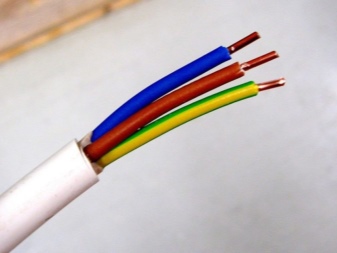

In the absence of such a conductor, the function of drainage of the current "to the ground" will not work. Otherwise, the execution of special and conventional extension cords absolutely standard.
Which one is better to choose?
When choosing an extension cord with grounding, it is imperative to pay attention to a number of indicators that can directly affect its performance. Among the most significant criteria are the following.
- Cable length and number of sockets. You should not chase the maximum performance, connect many devices to one source. It is optimal if a household extension cord with grounding will have a wire of 3-7 m. The maximum load of such devices is limited to 3.5 kW, so 2-3 outputs are enough for connection.

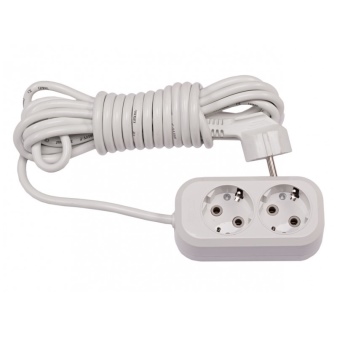
- Wire brand and conductor cross-section. They are determined depending on the load. At a maximum - up to 16A, the cross-section must be at least 1.5 mm2.The minimum indicators are half that. The cable is most often PVA - with PVC-based insulation, with a standard diameter of 5 mm. For the street, products with the markings KG, KG-HL, PRS are optimal.
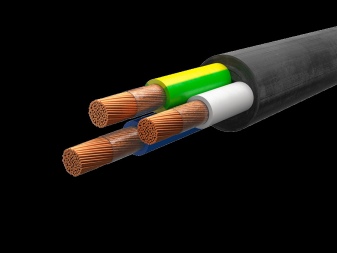

- Execution. For quality extension cords with grounding, it is important that in the area of the plug with a plug and at the cable entry into the case there are elements to prevent bending and pulling the wire.
It is better to choose a cast, non-separable plug that meets the standards of the country in which the equipment is used. The use of additional adapters will negatively affect the operation of the equipment and may reduce the efficiency of the grounding system. The location of the inlets should be diagonal so that several devices can be connected side by side.

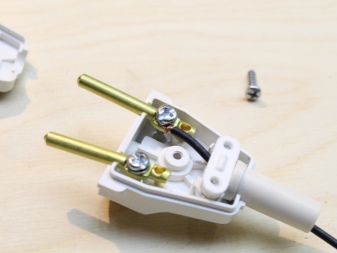
- The presence of moisture protection... Ordinary household extension cords with an IP20 rating do not have it. In the kitchen and bathroom, it is allowed to use equipment with splash protection - IP44 and higher. Outdoor performance and a high degree of protection are available only with extension cords marked with IP65. The higher this indicator, the safer it will be to use the equipment in the garage or on the site.

Considering all these recommendations, choosing a suitable extension cord with grounding for use in a home network or on a site is not difficult.
Watch the video about the grounding extension cord.













The comment was sent successfully.